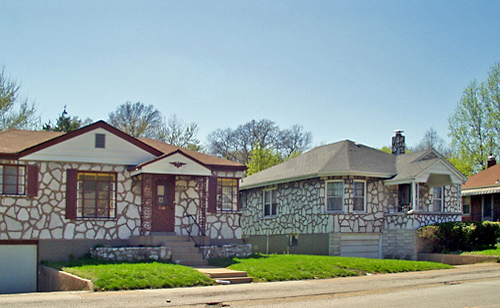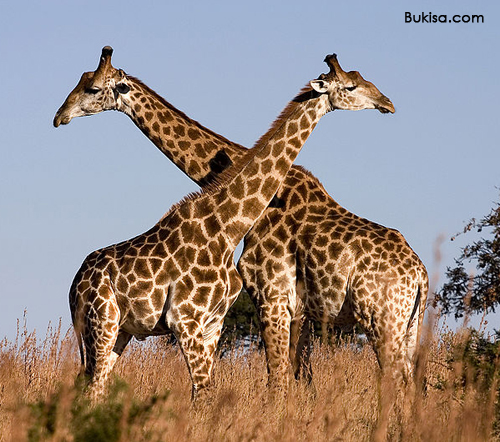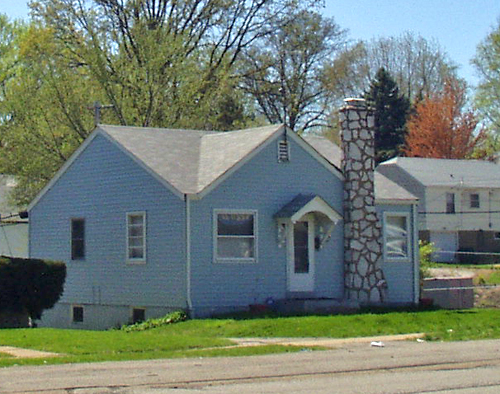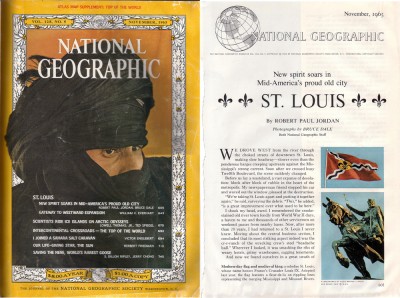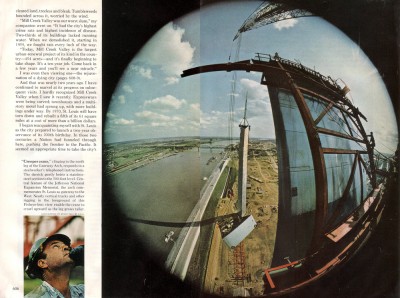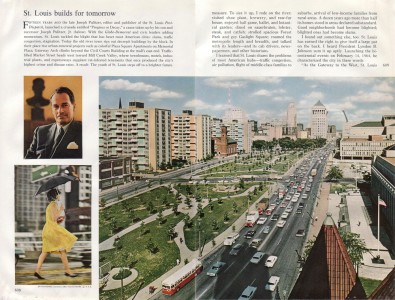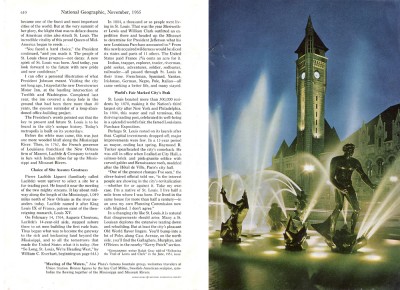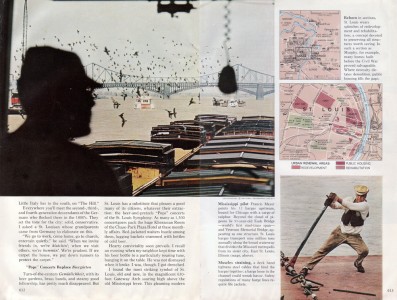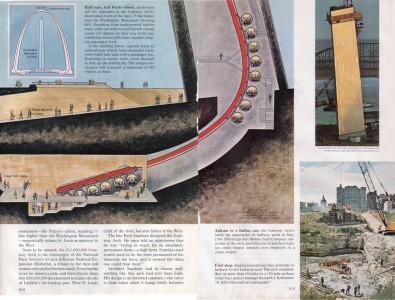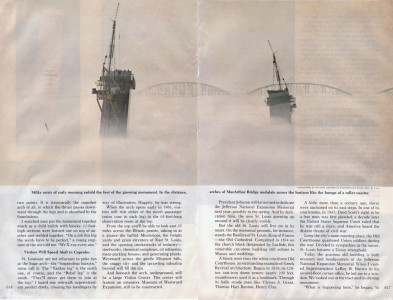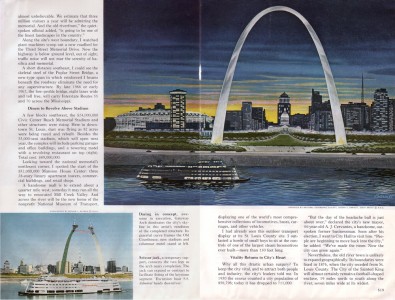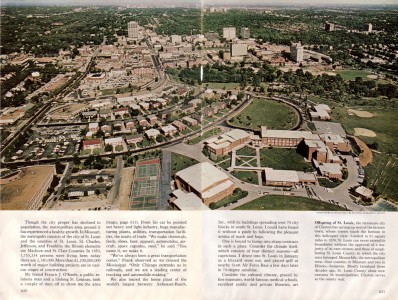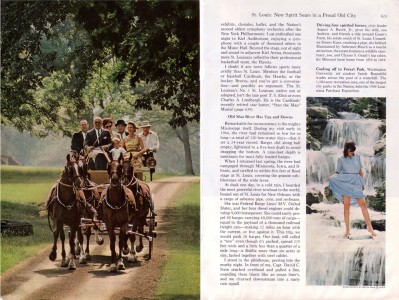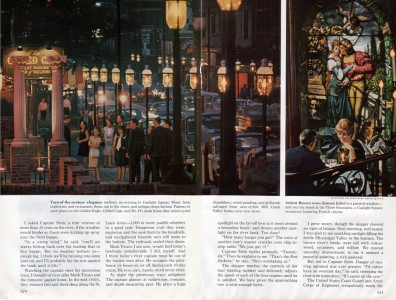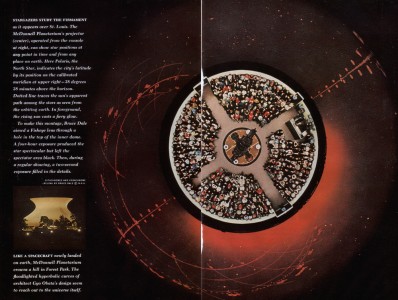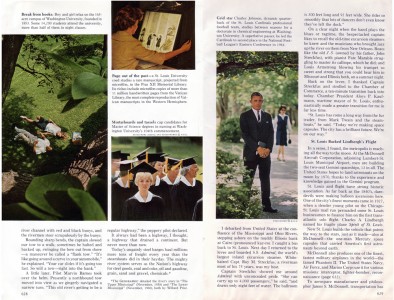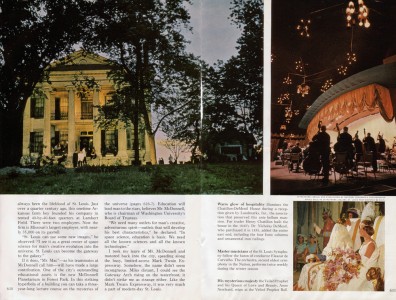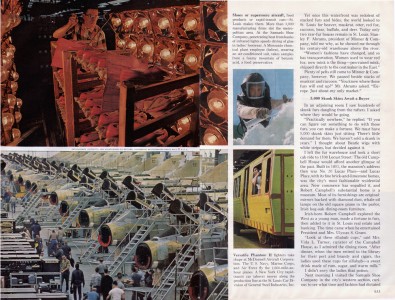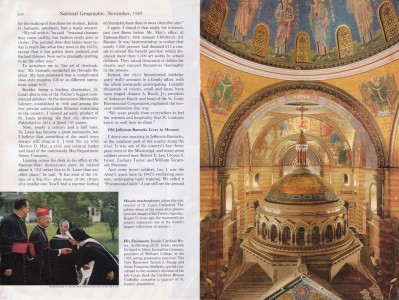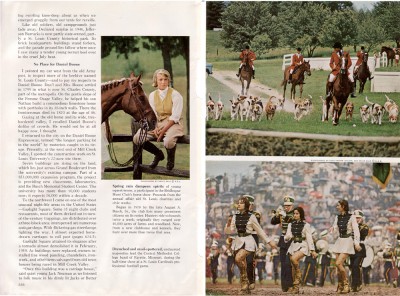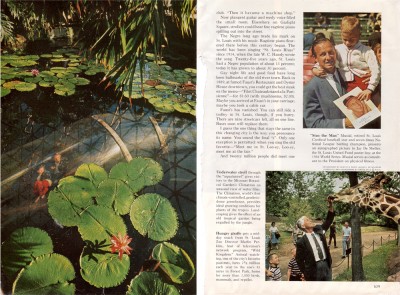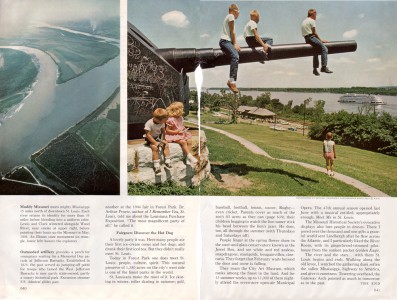West Florissant Avenue between
Goodfellow Blvd. & Lucas and Hunt Rd.
The only place I’ve seen such exotic exterior cladding is in a finite section of North St. Louis County, inside the inner-ring suburbs of Flordell Hills and Jennings. Most of them are on – or not too far away from – West Florissant Avenue, were built in 1940, and range from 850 – 950 square feet, so it’s a safe guess that it’s the work of the same designer/construction company.
The year they were built is of special interest, as it was that brief time period after the Great Depression but before World War 2. Meaning, this part of the county was already experiencing westward migration a full 5-6 years before the official start of the post-war Baby Boom.
But as a toddler living in Ferguson in the late 1960s, the only thing that made these houses stick out in my mind is that they have giraffe skin!
I first made the connection after seeing an episode of Marlin Perkins‘ Wild Kingdom about giraffes, and then passing by these homes the next day. Did the original builder take inspiration from dreams of a wild safari in Africa? Or was it an idea cadged from someplace else? If anyone has any insight or information, please do share.
It’s especially exciting when parts of the giraffe skin survive an exterior remodel. Adds a bit of pizazz, don’t you think?
I encourage you to take a drive down this exact stretch of West Florissant and note the harmonious mingling of bungalow residential and mid-century modern commercial buildings. It’s a compelling and easy-to-read chapter of the post-war development of our Metro St. Louis area, and makes a good case for a return to mixed-use zoning, which always brings variety and energy to any area that still allows such an old-fashioned way of living.

